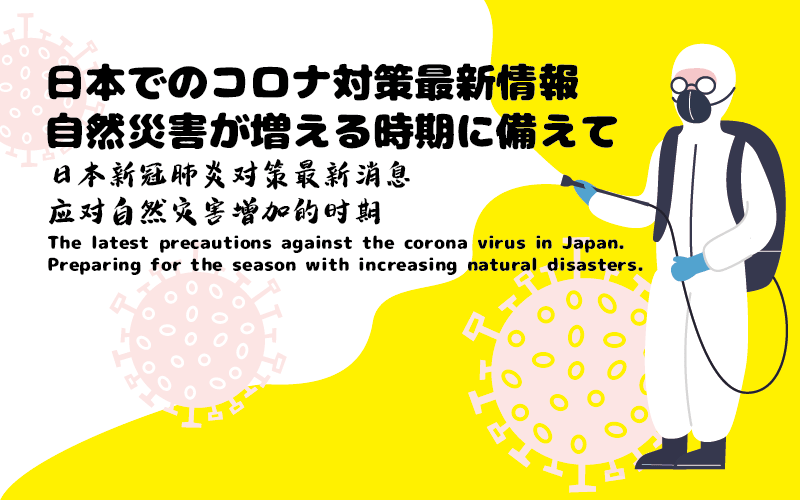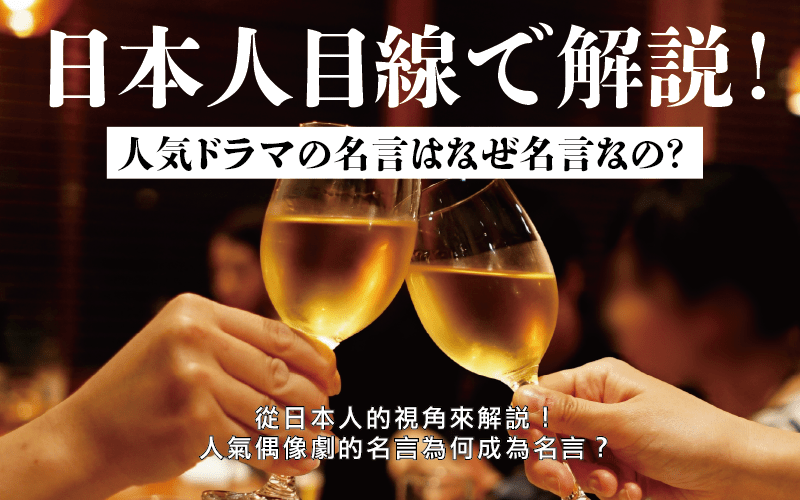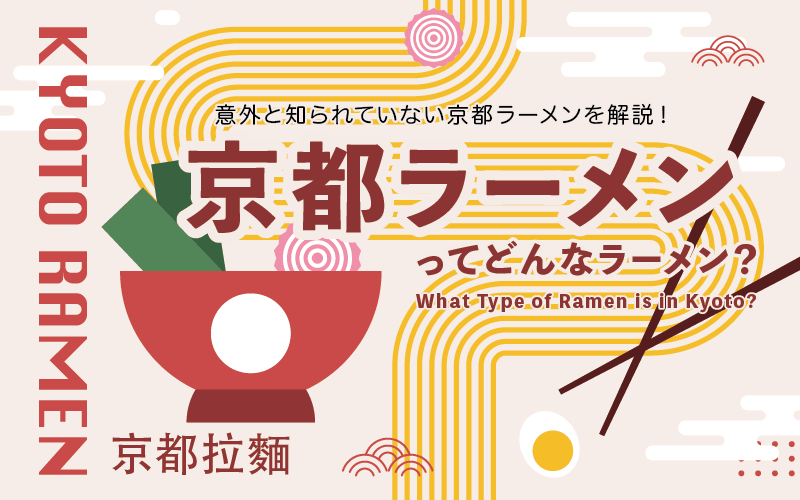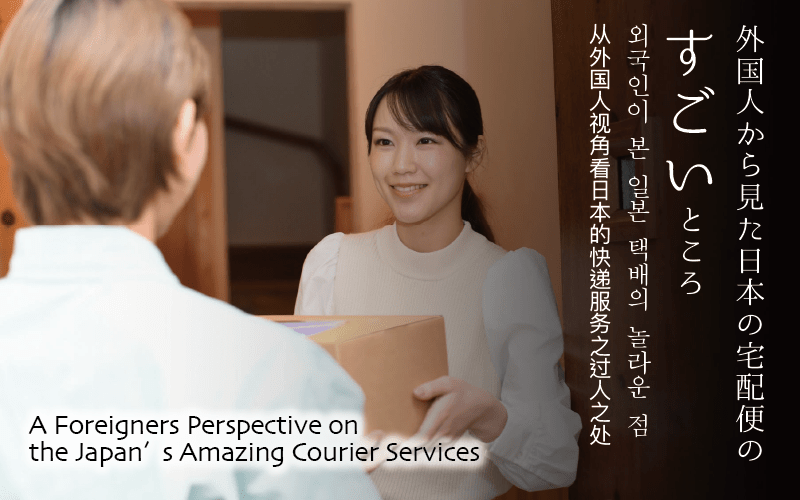Japan is a small country, but there are cultural differences between Kanto and Kansai regions. One of them is language. This time, let's take a look at the Kansai dialect.
Brief explanation of the cultural background
The Kansai dialect is generally called “Kansai-ben”, which is a general term for dialects used mainly in the Kinki region. In reality, there are many more nuances and differences in each prefecture.
Typical Kansai dialect example
Through comedians and other people on TV, we have more opportunities to hear the Kansai dialect all over Japan, but there are still many words of the Kansai dialect that people living in other areas still do not understand. Let's take a look at some of them.
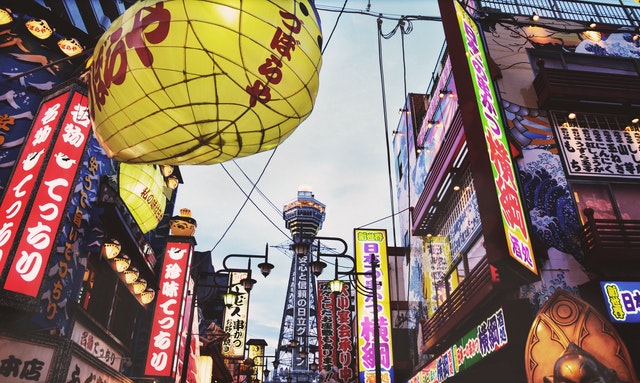
Dontsuki = Tsukiatari (end of a street)
“Dontsuki” is a word that comes from the normal Japanese “tsukiatari” that means “end of a street”, but with a stronger sense of “hitting the end”.
Example: 銀行ならそこのどん突きまでいったら右や。(For the bank, it’s after you hit the end of the street.)
Sabuibo = Torihada (goose bumps)
In the Kanto region, goose bumps are simply called; “torihada”, literally meaning “bird skin”. In the Kansai region, these are called “cold warts”, as for warts caused by the cold, or even an awkward situation.
Example: そんなつまらんこと言われたらさぶいぼ出るわ。(If you keep on saying such boring things, you'll get cold warts.)
Katta shirt = Business shirt
Katta shirt is simply the item name produced by the sport shirts maker "Mizuno", headquartered in the Kansai region. It is said that Rihachi Mizuno, the founder, who loved baseball, came up with the product name "Katta Shirt" when one day he saw the audience rejoicing at a baseball team’s victory (in Japanese, “we won” is “katta!”)

Sara = Shinpin (new product)
"Sara" refers to new products or new production methods; "Massara" is its previous word, and it’s still used on a daily basis.
Example: ちょっと見てこの靴、さらやで。(Take a look at these shoes, they’re new.)
Tsubureru = Kosho shiteiru (being out of order)
In the Kanto region, when something doesn’t work, it is “out of order”, but in Kansai, to express the same, is used the word “crushed” or “destroyed”.
Example: 昨日スマホがつぶれたんや。(My smartphone got destroyed, yesterday. (it won’t work))
Guneru = Nenza suru (have a leg sprained)
This is also a word that is rarely heard in the Kanto area, but in Kansai it means to sprain one’s leg. It probably derives from the onomatopoeic sound of a pain lament, such as “gune!”, or “gu-nya!”
Example: この間ぐねった足がまだ痛い。(My sprained leg still hurts during these days.)
Kansai dialect used during shopping
Maido = Maido, arigatou gozaimasu (Thank you for visiting us every time)
“Maido” is the shortened version of the more polite Kanto word. It can also be used to greet another person with the meaning of “Hello”.
Example: まいど、おおきに! (Thank you for visiting us every time!)
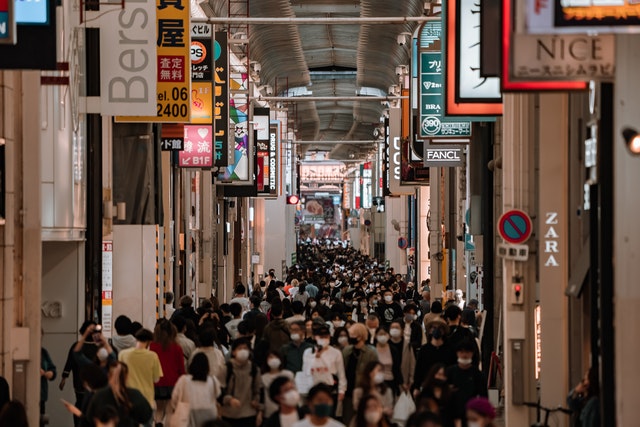
Ookini = Arigatou (Thank you)
One of the most famous words in the Kansai dialect. Meaning “Thank you”, it’s not very used by young people, yet it still strongly remains popular in restaurants and shops towards customers. It is often used as a set with the aforementioned "Maido".
Nambo? = Ikura? (How much? / How many?)
During shopping, this word is used to both mean “How much?” (a certain amount of money) and “How many?” (a certain amount of objects).
Example: これ、全部でなんぼ? (How much for all this? / How many are all these?)
Kansai dialect used in restaurants
Obanzai = traditional home cooking / side dish
In the Kansai dialect, dishes and side dishes that you would normally make at home are called Obanzai. You've surely seen this word "Obanzai" on menus and so on.
Example: この店は、おばんざいで有名なんや。(This shop is famous for obanzai.)
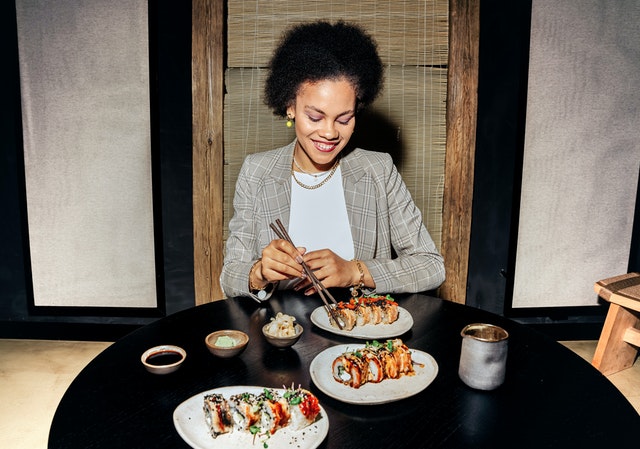
Taitan = Nimono (Simmered food)
In Kyoto and other Kansai regions, "simmering" is sometimes referred to as "baking, or cooking".
Sake no ate = Sake no sakana / otsumami (Sake appetizer / snacks)
When drinking sake, it is usual for Japanese people to have some dry snacks with it. These are simply called “snacks” in the Kanto region, but in the Kansai region they take on another nuance, becoming “something to pair with Sake”.
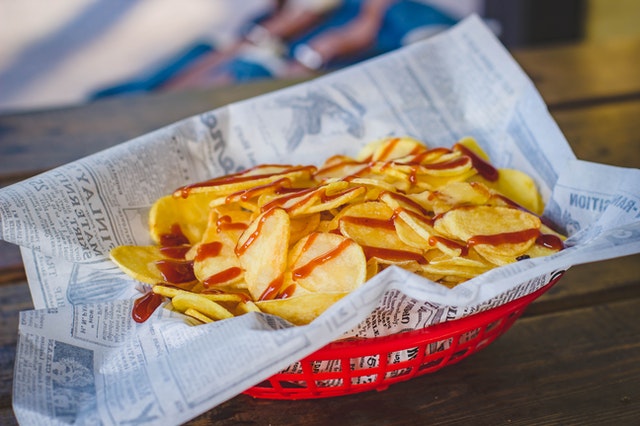
Tsukidashi = Otoshi (small entrée dishes)
In izakaya restaurants in the Kanto area, the small dishes of pickles that you get served first even if you didn’t order them, to introduce you to your main meal, are called “otoshi” to mean something that “passes by”, but in Kansai they are called is generally called "something that sticks out".
Summary
Even though the distance between Kanto and Kansai by Shinkansen is very short, there is a big difference in terms of words and expressions. Wouldn't it be interesting if there was an attempt to convey all the cultural differences between Kanto and Kansai before visiting Japan, so that foreign tourists could enjoy this difference, which even many Japanese people find interesting?





